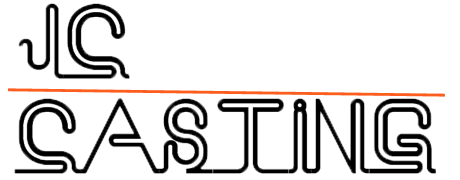STAINLESS STEEL DIE CASTING
Stainless steel die casting is a metal manufacturing process in which liquid metal is to be forced into a steel mold under high pressure. The steel molds, known as dies, create a pattern while ensuring both accuracy and consistency.
Die casting is becoming one of the most utilized manufacturing techniques. It can be used in creating different items found in almost everything we see.
Common Products Made From Die- Casting
Die casting is one of the most reliable methods for producing metal parts. The advantages of die-casting provide significant cost savings over other manufacturing processes.
The following are the products created from Stainless steel Die Casting
1. Telecommunications
Die-cast aluminum components is being used in telecommunications. Examples are die-cast parts such as electrical housings, RF filters, antenna mounts.
2. Recreational Vehicles
Examples are trim molding, cylinders, liner inserts, and a variety of decorative elements.
3. Firearms
The majority of the parts in a rifle, shotgun, or pistol are being produced from die-cast metal.
4. Medical Devices
Die casting are being used for these devices, because of its aluminum content. Examples are surgical equipment, hospital bed gearboxes, monitors, and other medical devices.
5. Traffic Lights
Aluminum casting dies and alloys are also used to create lighting enclosures, as well as other parts required by traffic lights. It is also light and inexpensive.
6. Industrial Equipment
The majority of businesses in a variety of sectors use die-cast components. Examples are connecting rods, air compressors, pump housings, bearing housings, etc.
5 Basic Process Of Stainless Steel Die Casting
The following are the 5 basic processes of die casting stainless steel:
1. Clamping– to help with step 2, injection, the dies need cleaning and lubrication. The die halves are then closed and clamped together, using high pressure after cleansing and lubricating.
2. Injection– the molten metal is being transferred from a furnace into a ladle. The molten metal injected into the clamped die, is then poured into the shot chamber. The heated die seals it in after it’s pushed under high pressure.
3. Cooling– after the molten metal injected into the die, must cool and solidify. The die cannot be unclamped during this period. When the metal has cooled, it assumes its final form as a casting.
4. Ejection– the die halves are unclamped after the cooling cycle is being completed. The solidified casting is also ejected from the die using an ejection mechanism.
5. Trimming– the last stage in the die casting process is trimming. While the metal cools, remove any extra metal in the sprue and runner, as well as any flash that has occurred. The final casting’s excess material is then trimmed away. The trimmed sprue, runners, and flash can be.
Looking for a factory to die-cast some parts? We, at JC Casting, are here to assist you. We are experts in die-cast component manufacturing. We also have a lot of experience with various industries. We make sure that the products you get are of good quality and built according to your specific needs. Call us now!
